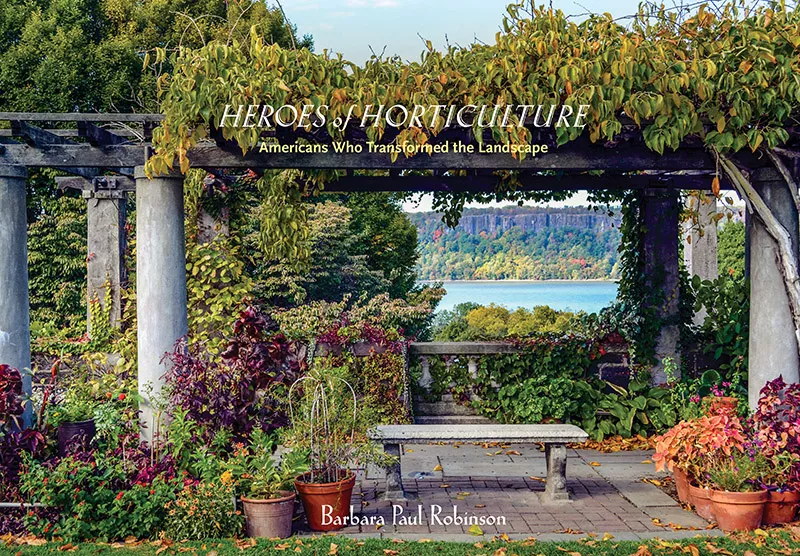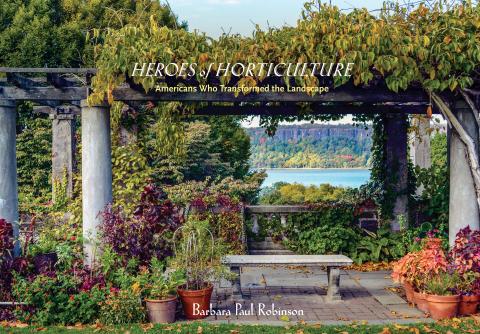Gurus of the Garden
For author and subjects, it's far more than a patch of backyard dirt.
Heroes of Horticulture: Americans Who Transformed the Landscape, the latest book by Barbara Paul Robinson '62, defines different orders of horticultural heroism and offers biographical essays about 18 people who pursue them—institution-builders, conservationists, plant explorers, and garden creators.
She begins with a slightly improbable trio—a Boston Brahmin, a self-made Southern boy, and the Mawrter Antonia Adezio '75—who launched the Garden Conservancy. With its mission to save and share outstanding American gardens, that organization has helped more than 80 survive and prosper since its founding in 1989.
Turning to public spaces, Robinson honors two women who revitalized one of the country’s most famous public parks. Dubbed “the savior of Central Park,” Betsy Barlow Rogers drove the movement to restore what had become a shabby and dangerous eyesore. Along the way, she founded the Central Park Conservancy—and enticed Lynden Miller to restore Central Park’s iconic Conservatory Garden. Miller then went on to enhance many other public spaces, setting new aesthetic standards and attracting wider public participation.
Robinson next considers five who led other public institutions: the Midwesterner who revivified the New York Botanical Garden, the South African who grew the Brooklyn Botanic Garden through New York City’s fiscal crisis, the Queens kid who transformed Wave Hill into an artistic showcase, the architect who is bringing life back to an Indo-Persian garden in Yonkers, and a plant geneticist who has created a new public garden at Mt. Cuba Center in Delaware.
Then there are the explorers—plantsmen who travel the globe on seed-collecting expeditions. Robinson profiles the breeder who traded in Epimedium-collecting expeditions for the challenges of breeding Coreopsis in heretofore unheard-of colors; the former curator at Swarthmore’s Scott Arboretum, now at the Chicago Botanic Garden, where he leads plant-hunting trips to Japan, the Caucasus, and the wilds of Staten Island; and the gardener whose fascination with the Japanese horticultural tradition sowed the seeds for his Pennsylvania nursery, Asiatica, and now a new nursery venture in Thailand.
Robinson concludes with the creators of two gardens that are as different as Connecticut and Texas: Hollister House, inspired by the great English garden at Sissinghurst, and Peckerwood, dedicated to plants native to the southern U.S. and Mexico. As it happens, these two gardens are beneficiaries of the work of the slightly improbable trio profiled at the start of her book. Thanks to the Garden Conservancy, both will be preserved as public gardens.
Published on: 10/03/2018

